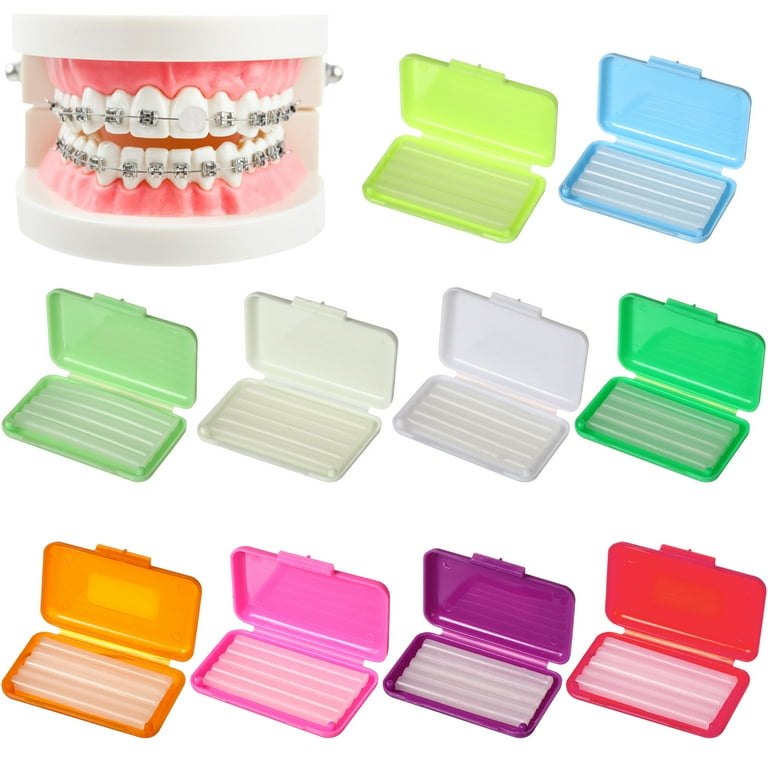How Cumming Orthodontics Can Transform Your Smile with Invisalign and Braces
How Cumming Orthodontics Can Transform Your Smile with Invisalign and Braces
Blog Article
Comprehensive Overview to Orthodontics Treatments for Dealing With Dental Misalignments
Understanding the intricacies of each treatment, including their systems, benefits, and possible disadvantages, is important in making informed decisions about one's orthodontic therapy. As we navigate via the thorough overview to orthodontic procedures for dealing with dental misalignments, the detailed information of each method will unravel, dropping light on the course toward a unified and practical dental placement.
Orthodontic Procedures Introduction

Along with clear aligners and standard dental braces, orthodontists might also suggest various other interventions like headwear, palatal expanders, or retainers to resolve particular placement issues (orthodontist). These procedures are tailored to each client's distinct requirements and might involve a combination of treatments to achieve the wanted outcomes. Normal modifications and tracking are important parts of orthodontic treatment to make sure progression gets on track and to make any required adjustments along the road. By undergoing orthodontic procedures, clients can not only accomplish a straighter smile however likewise boost their total dental wellness and feature.
Traditional Braces: Just How They Work
When taking into consideration orthodontic therapies for dental misalignments, traditional dental braces stick out as a tried and true method for dealing with teeth positioning. Typical braces are composed of brackets, cords, and bands that collaborate to use constant stress on the teeth, gradually moving them right into the preferred placement. The brackets are connected to the teeth making use of a special adhesive, and the cables are threaded via the braces. By adjusting the tension of the cords, orthodontists can control the direction and force related to each tooth, leading them into appropriate placement over time.
As pressure is applied to the teeth through the braces, the bone bordering the teeth is improved to sustain the brand-new tooth settings. Individuals will need regular changes at the orthodontist's workplace to make certain the dental braces continue to apply the correct stress for reliable teeth activity.
Unseen Aligners: Advantages And Disadvantages
Undetectable aligners use a very discreet and practical choice to standard dental braces for fixing dental imbalances. These clear, custom-made trays are basically unseen when used, making them an appealing option for people looking for a more visually pleasing orthodontic therapy. Among the main benefits of undetectable aligners is their removability, enabling easier upkeep of oral health compared to typical dental braces. Individuals can remove the aligners prior to eating or brushing their teeth, decreasing the threat of food getting embeded the appliance and streamlining the cleaning procedure.

Surgical Orthodontic Options
Surgical interventions in orthodontics present viable options for resolving complex dental imbalances that might not be successfully redirected here fixed with conventional orthodontic therapies. While undetectable aligners and conventional braces can deal with several orthodontic problems, certain instances require medical intervention to accomplish optimal outcomes. Surgical orthodontic choices are generally recommended for severe malocclusions, substantial jaw disparities, and instances where the underlying bone structure requires adjustment to achieve correct positioning.
One common medical orthodontic procedure is orthognathic surgical procedure, which includes rearranging the jaws to remedy functional problems such as difficulty talking or eating. This surgery is commonly carried out in cooperation with an orthodontist that assists straighten the teeth before and after the treatment. Surgical orthodontics might likewise entail procedures to subject impacted teeth, get rid of excess gum tissue, or improve the jawbone to create a much more unified facial account.
Prior to thinking about medical orthodontic moved here options, clients undergo a detailed evaluation to identify the need and potential benefits of such treatments. aligners. While surgical procedure might seem overwhelming, it can substantially enhance both the feature and looks of the smile in instances where standard orthodontic therapies fall short
Retainers and Post-Treatment Care

Failure to abide with post-treatment treatment directions can result in regression, where the teeth progressively relocate back in the direction of their initial placements. Constant retainer wear, excellent oral hygiene, and regular oral exams are necessary for preserving the results attained with orthodontic surgical treatment and guaranteeing the lasting stability of the corrected oral positioning.
Conclusion
In verdict, orthodontic procedures use various alternatives for remedying oral misalignments. Surgical orthodontic choices are readily available for more serious imbalances. Overall, orthodontic treatments can successfully enhance oral health and aesthetic appearance.
As we browse via the extensive overview to orthodontic procedures for remedying oral imbalances, the intricate details of each technique will certainly unravel, losing light on the path towards a harmonious and functional dental positioning. - cumming braces
One of the most usual orthodontic treatments is the use of dental braces, which are composed of steel braces and cords that use mild stress to progressively shift teeth into the preferred placement.When taking into consideration orthodontic therapies for oral imbalances, typical dental braces stand out as a reliable approach for dealing with teeth positioning. Additionally, unnoticeable aligners may not be appropriate description for intricate orthodontic problems that need more significant teeth movement, as they are usually suggested for moderate to moderate cases. Retainers are custom-made orthodontic tools made to hold teeth in their dealt with settings after the completion of orthodontic treatment.
Report this page